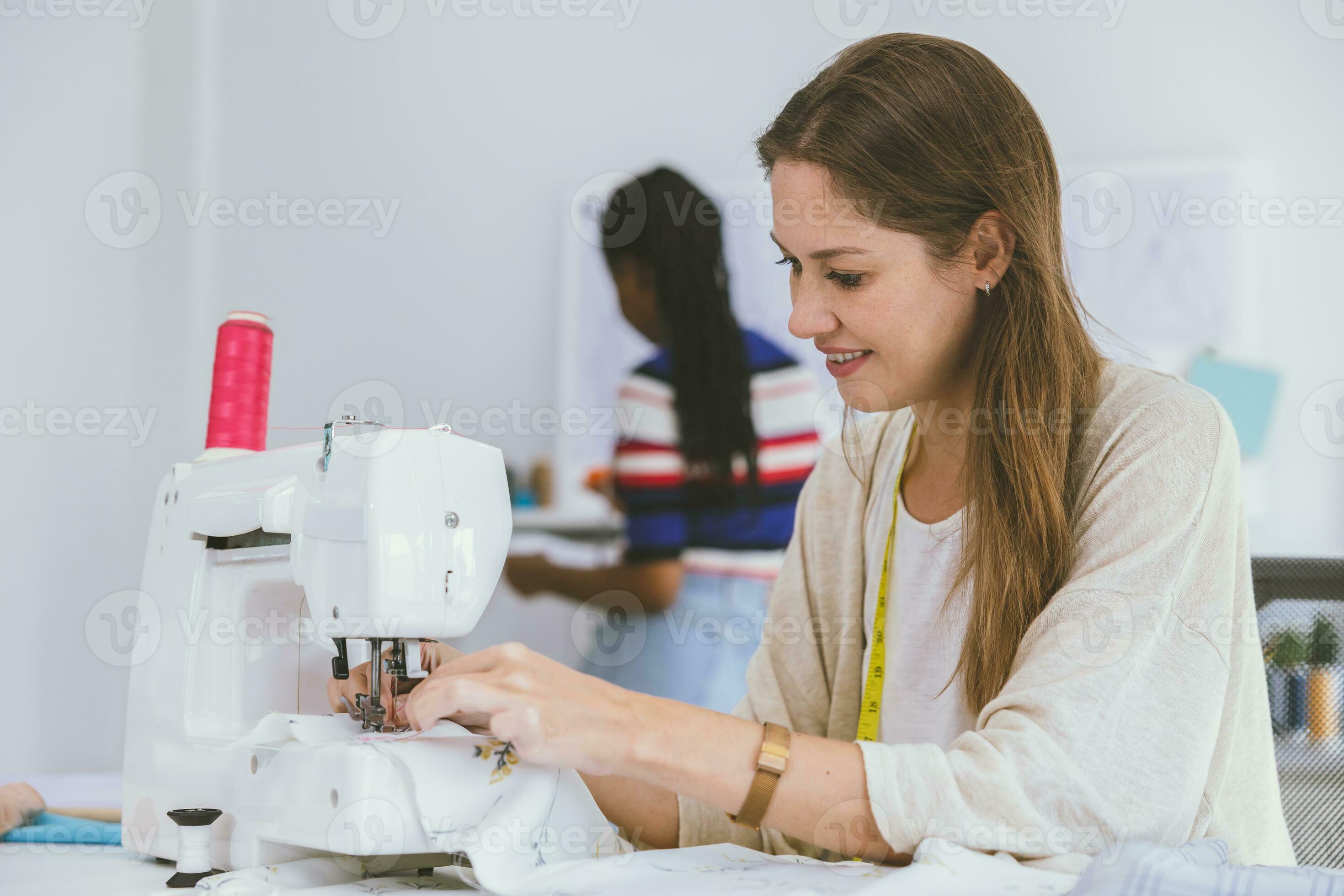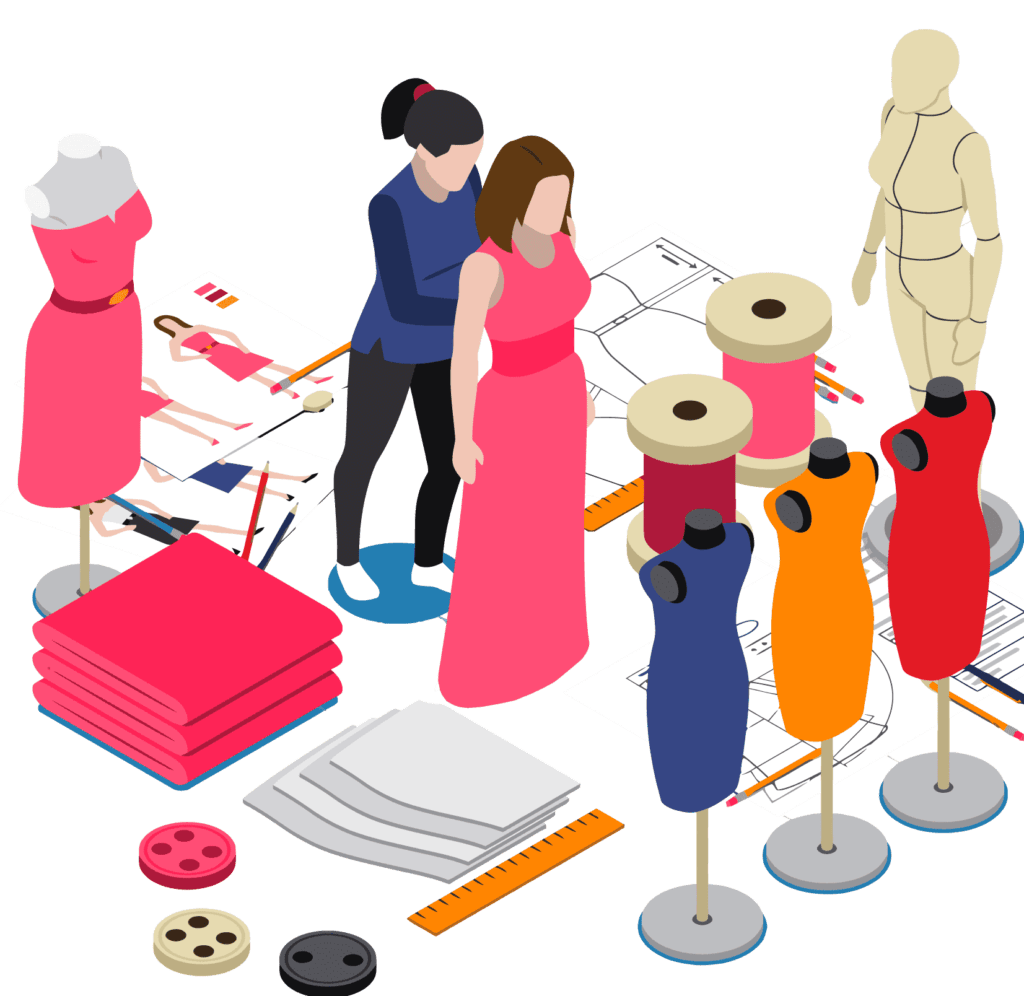Tailor Perth Excellence: Your Destination for Bespoke Tailoring
Wiki Article
Recognizing the Tailoring Process: From Material Selection to Last Fitting for the Suitable Wardrobe
The tailoring procedure is a complex interaction of art and scientific research, beginning with the essential decision of fabric selection and finishing in the exact modifications of last installations. Each material type brings distinct qualities that influence not just the visual charm yet likewise the garment's durability and suitability for various occasions.Importance of Fabric Choice
Choosing the appropriate textile is critical in the tailoring procedure, as it straight influences the convenience, longevity, and total aesthetic of the last garment (tailor perth). The choice of material sets the foundation for the garment's style, performance, and performance. Various materials have one-of-a-kind buildings, such as stretch, weight, and breathability, which can considerably affect exactly how the garment drapes and fits the bodyFurthermore, textile option affects the garment's long life and simplicity of care. Top notch fabrics can withstand wear and tear, maintaining their appearance and structure gradually, while lower-quality materials may cause pilling or fading. Furthermore, the ideal textile adds to the garment's ability to shift across events and seasons, consequently boosting versatility.
A customized piece made from a suitable fabric not just showcases workmanship however likewise raises the wearer's self-confidence. Subsequently, recognizing the nuances of textile selection is paramount for any customizing endeavor. It makes certain that the end product not only satisfies the aesthetic desires of the customer but additionally lines up with functional needs, therefore attaining an unified balance between type and feature in the customized closet.
Kinds Of Fabrics and Their Uses
Understanding the numerous sorts of materials available is important for making informed decisions during the customizing procedure. Each textile possesses special attributes that determine its viability for particular garments and celebrations.Its convenience enables it to be tailored into every little thing from shirts to gowns. Its all-natural elasticity aids garments keep form over time.
Silk exudes high-end and is light-weight, making it best for eveningwear and fragile shirts; nonetheless, it requires mindful handling because of its frailty. Bed linen, with its distinctive coating, is a popular choice for warm climates, supplying a crisp and airy feeling, but it wrinkles easily, which might affect the garment's appearance.
Synthetic fabrics, such as polyester and nylon, deal sturdiness and resistance to creases, making them ideal for everyday wear and energetic garments. Recognizing these material kinds and their buildings permits for much better decision-making, guaranteeing that each tailored piece not only fits well however also aligns with the desired objective and occasion.
The Tailoring Techniques Described
The art of customizing depends on a variety of methods that transform textile right into well-fitted garments. Central to this process is pattern drafting, where a dressmaker creates layouts based on the customer's dimensions and desired design. This initial action guarantees that the garment will certainly fit the user effectively prior to any type of cutting takes place.Once patterns are established, reducing strategies enter play. Precision is paramount as inaccuracies can bring about misfitting garments. Tailors typically make use of various reducing methods, such as single-layer reducing for elaborate styles and multiple-layer reducing for efficiency on common patterns.
Basting is an additional essential strategy, permitting tailors to temporarily stitch material items with each other for an initial fitting. This method supplies the possibility to evaluate the drape and overall silhouette before final sewing.
Seaming strategies, consisting of flat-felled joints and French seams, boost the garment's sturdiness and aesthetic appeal. Tailors likewise use techniques such as interfacing and extra padding to supply framework and shape to certain areas, like collars and shoulders.
Finally, completing techniques, consisting of hemming and edge completing, guarantee the garment's durability while offering a sleek appearance. Together, these techniques create the foundation of efficient customizing, causing beautiful, custom-fit garments.
Suitable Changes and Factors To Consider
go to the website
Key factors to consider include the shoulder fit, which ought to neither sag nor restrict movement, and the sleeve length, which ought to permit comfortable arm movement while preserving a sleek appearance. Additionally, modifications at the midsection can improve the shape, with options to let out or take in textile as required.
The increase of trousers is an additional crucial aspect; it needs to rest conveniently over look at this now the hips without causing discomfort, enabling for convenience of motion. Hemming lengths for both pants and skirts must reflect the user's preferred style while respecting percentages.

Preserving Your Tailored Garments
Correct upkeep of tailored garments is necessary to maintaining their fit and look over time. To guarantee longevity, routine cleaning is extremely important. Constantly follow the treatment label directions, which may suggest dry cleansing for fragile fabrics or maker cleaning for more resilient materials. Avoid frequent laundering, as this can wear down the textile and alter the garment's shape.Storage space is equally vital; usage cushioned wall mounts for layers and jackets to keep shoulder framework, and store pants folded up neatly or hung to stop creasing. Protect garments from straight sunlight, which can discolor colors and damage fibers.
Furthermore, routine assessments for small repairs can protect against larger problems. Look for loose switches, fraying joints, or signs of moth damage, addressing these issues without delay to maintain the garment's stability.
Lastly, consider seasonal turning. Wearing customized pieces in moderation permits textiles to recover, expanding their lifespan. By applying these upkeep techniques, you can make certain that your tailored garments remain as immaculate as the day you first used them, enhancing your perfect closet for several years to find.
Verdict
The tailoring process, incorporating material choice, knowledgeable strategies, and precise suitable changes, plays an important function in producing garments that enhance both comfort and style. Each phase contributes to the overall performance of the last product, making certain that clothes not only fits well however also mirrors specific identification. Comprehending the significance of upkeep expands the life of tailored garments, solidifying their value in web link a well-curated closet. A detailed method to customizing culminates in a confident and polished look.Picking the appropriate textile is important in the tailoring process, as it straight affects the comfort, longevity, and general aesthetic of the final garment. The choice of material sets the structure for the garment's performance, style, and functionality. Different fabrics have unique properties, such as weight, breathability, and stretch, which can dramatically influence exactly how the garment drapes and fits the body.
The art of customizing relies on a variety of techniques that transform fabric into well-fitted garments.The customizing process, encompassing textile option, competent techniques, and specific suitable modifications, plays an essential duty in creating garments that enhance both comfort and design.
Report this wiki page